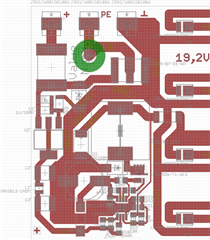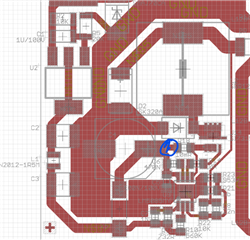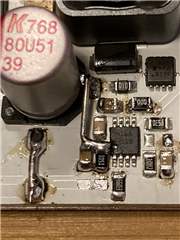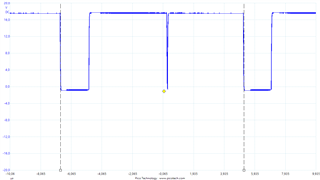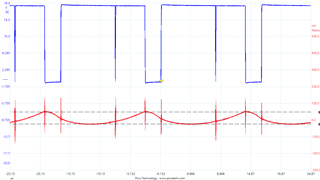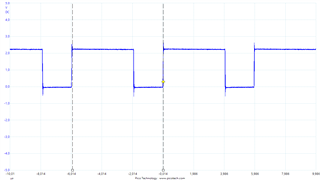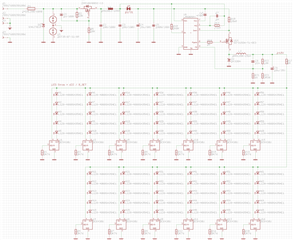Other Parts Discussed in Thread: LMR38020
Tool/software:
Hi to all,
i did this design (18V-60V DC to 14.5V 1.2A) with the webbench power designer. It works, but i have a double pulse while switching (short on, before on). I read about Ripple Network, but i assume, that webbench will take this automatically into account?
Can you please tell me, what i have to modify? Please don't write only "Ripple Network", if this is the issue. Please specify circuit an components, thank you. Cout is populated with TAJC106M035RNJ (10uF/35V)

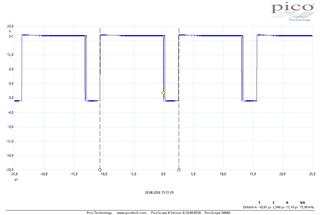

Thanks.
kind regards
Norbert



